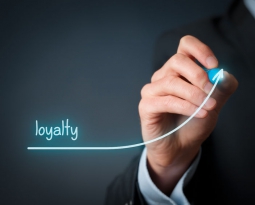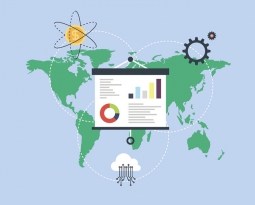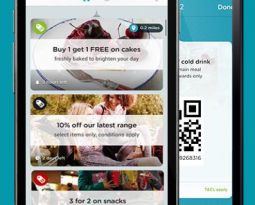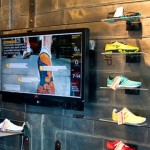As more eCommerce and physical retail brands vie for customer dollars, customer loyalty becomes a crucial part of any long-term business strategy. Earning one sale is no longer enough to automatically receive more down the road. With so many brands floating around online, customers may have difficulty keeping track of them all. Some customers are even disregarding brand experience outright, simply hunting for the best deal on the Web.
The reality is that customer experience does matter. Brands that can provide fun, fulfilling experiences through excellent sales platforms and add-ons like loyalty programs are able to capture more repeat customers, who turn around and bring in new customers of their own through brand evangelism.
In order to obtain this loyalty, brands are seeking new methods of both reaching and resonating with their customers in 2015.
Loyalty Incentives for Actions and Not Just Purchases
Loyalty programs rely upon the strength of gamification. While rewarding customers who are loyal apropos of nothing can send positive reinforcement signals, capturing the other, larger constituency of customers who are less likely to engage in repeat business is usually the real focus. These latter customers are able to get excited about the idea of seeing their points add up in a physical way, leading to tangible rewards.
In the past, incentivizing extra purchases was enough. Now, loyalty programs are becoming more ubiquitous, and purchase-based points systems have lost most of their romance.
Brands like Walgreens want to rekindle this romance with new, exciting ways to obtain loyalty points. Walgreens is embodying its “Live Well” campaign with a loyalty program that rewards healthy actions and choices. Customers get points for activities like jogging with their fitness band, stepping on their smart scale and quitting smoking.
Other brands are using activities like donating to charity or checking in through social media to drive customer behaviors. These activities are more fun to customers than just buying yet one more product, and therefore engage them on a level beyond mere retail.
Omnichannel Engagement
Loyalty programs stepping beyond the typical sales boundaries is one indication that branding has become more about ideas than products. Customers have 24/7 access to the brands they love through social media and mobile devices. Brands, in turn, have new venues to reach their core market without having to anticipate foot traffic or exposures to outbound marketing ads.
Engaging customers through content or one-to-one interactions creates a relationship that does not end at the checkout line. Brands that are able to harness the power of these multiple levels of communication to deliver a cohesive, involving brand message will be more likely to succeed in an increasingly digital environment.
These interactions go beyond social, too. “Analytics now make it possible to identify when it is appropriate, even preferable, to move a customer conversation on to another channel in order to better resolve their problem,” explains Cormac Twomey, senior vice president for Convergys. “A better understanding of each channel’s role in the customer journey is essential to this. For instance, 47% of customers will not call when they have a problem, turning first to the internet and then only picking up the phone as a last resort.”
Emotional Loyalty
Loyalty programs are traditionally thought of as a logic-based value proposition. “Participate through these purchases and get more value in return,” are the instructions delivered to customers.
However, this purely right-brain driven encouragement is sometimes not enough. Customer loyalty can be more effectively earned through emotional, left-brain thinking as well.
Luxury car brands and “hip” brands like Apple understand that having an intangible emotion associated with your services goes a long way towards driving repeat business. Other brands who are able to embody the appropriate emotion should be able to achieve similar success. Using voice of the customer data and marketing response analytics can help create actionable metrics that allow brands to determine which types of emotional appeals garner the best reaction from loyal customers.
When trying to juggle such complex analytics and multichannel approaches, corralling all of your resources can feel daunting. Digital Social Retail seeks to simplify these tasks with a digital customer engagement platform that makes managing loyalty programs, social media, digital marketing and analytics all at the same time a breeze. Visit our product page to learn more about how a platform like ours can be a valuable tool in an increasingly complex business world.










